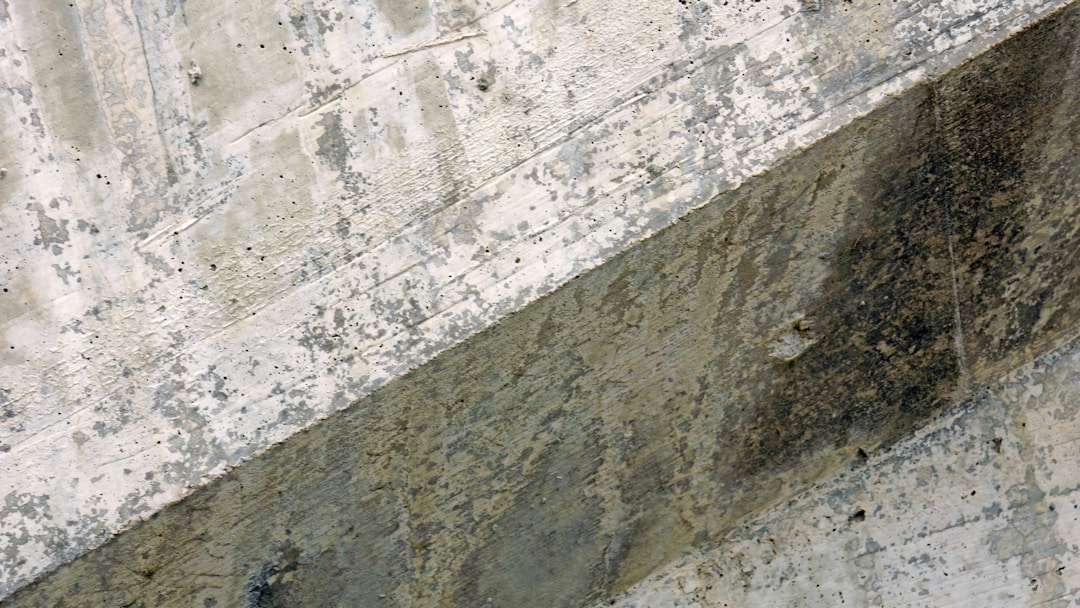As a homeowner, you know that every season brings new concerns for the maintenance of your home. Whether you’re preparing for the heat of the summer or the many potential scenarios that the winter cold can impose on your house, your checklist of tasks may seem never-ending. However, one specific concern that is year-round is easily avoidable with a close eye and some helpful tips: moisture and water damage. Here, we will look at a few simple ways to prevent moisture damage in your home, and save you a bundle on costly repairs at the same time.
The Causes of Moisture Damage

The first thing every homeowner should know is the basic cause of moisture and humidity damage. Everyday activities such as doing your laundry, washing the dishes, cooking, and showering all require hot water. The moisture content in the hot water condenses into water droplets when the steam hits a cooler surface. Unfortunately, with all the daily tasks of running a household, creating moisture within your home is unavoidable. How you prevent serious structural damage is another matter.
It’s a good idea to remember that certain appliances and pieces of equipment contribute to the damaging vapor throughout the house, such as unvented natural gas or kerosene heating systems. The telltale signs are easy to spot but, unfortunately, aren’t usually noticed until it’s too late. For example, moisture absorption makes the wall curve inward and warp, necessitating the assistance of a general contractor. Repair work on warping and wall swells can quickly deplete your home emergency fund of a lot of money. Worse yet, if left unchecked, this type of damage can cause the wall-paint to peel and crack and drastically affect your home’s value.
Throughout the winter months, if your home’s windows and doors are lacking sturdy insulation they become the perfect cool surface areas to draw moisture and, likewise, cold-water pipes can be just as attractive to warm water droplets during the summer. Keep in mind, as well, that moisture of that type can also lead to damaging, unhealthy mold. A smart way to immediately cut down on potential damage is to check the integrity of your insulation, especially if you’re preparing for any home renovations or similar home improvement projects.
Some Common Prevention and Solutions

If you see any moisture content throughout the house (including spilled water or other liquid), it’s always best to wipe it up immediately. Any spillage left undried can lead to water damage. In addition, the best way to cut down on unnecessary cool surface areas is also one of the smart ways to invest in your home (and increase the value of your home). Simply installing both storm windows and doors goes a long way towards shrinking the number of cool surfaces in your home. This keeps the outside temperature far away from the inside of your home. Along with proper insulation, this solution is a good option that also lowers the monthly payments of your energy bills, thus making your home more energy-efficient. Another great option for controlling the humidity within your home is to monitor your HVAC and heating systems. Traditional gas and electric heaters can reduce humidity, just as the air conditioning can lower the moisture as your home’s air cools. You can couple this with a dehumidifier unit, which immediately upgrades your interior vapor levels.
Whether this is your first home or you’re an experienced homeowner, your regular checklist should include freeing up the areas around your vents and grillwork, allowing proper airflow. This is particularly important in the bathrooms and kitchen, two spots where water is consistently used. A good way for a buyer of a new home to begin a walk-through is to check these areas immediately, along with the home’s durable insulation. Renters and tenants of any size rental property should check for those issues, as well.
Finally, the best solution for any buyer or homeowner wanting to avoid serious water damage is to remain diligent when the first few signs occur. If you spot any leaks throughout the house, try to fix them immediately. Mold and mildew can lead to worse issues, as well as negatively impact your family’s health. A common way to ensure that your water damage checklist is complete is to install a water detection device, which will electronically notify you if spillage or moisture is detected in nearby areas. Such detectors are ideal for your bathrooms, laundry rooms, and near water heaters, and can save you and your family a lot of money and grief.





